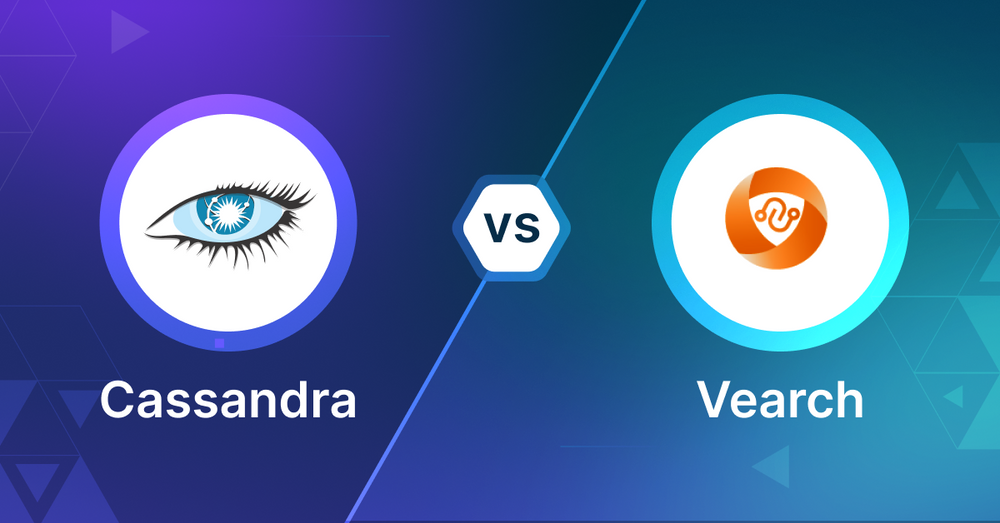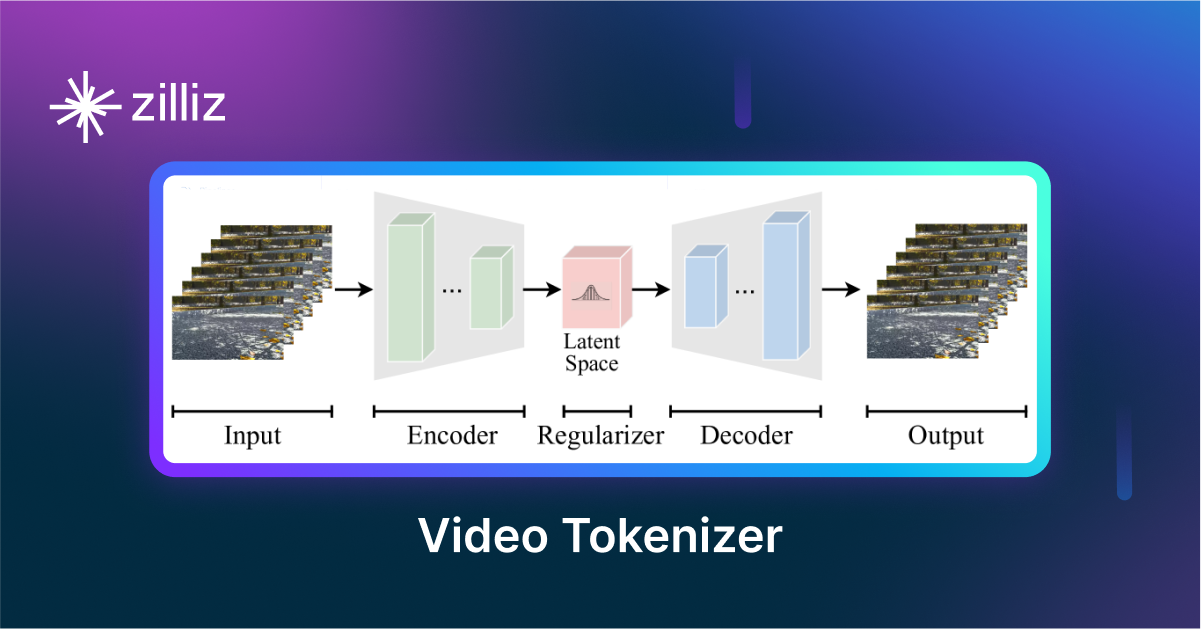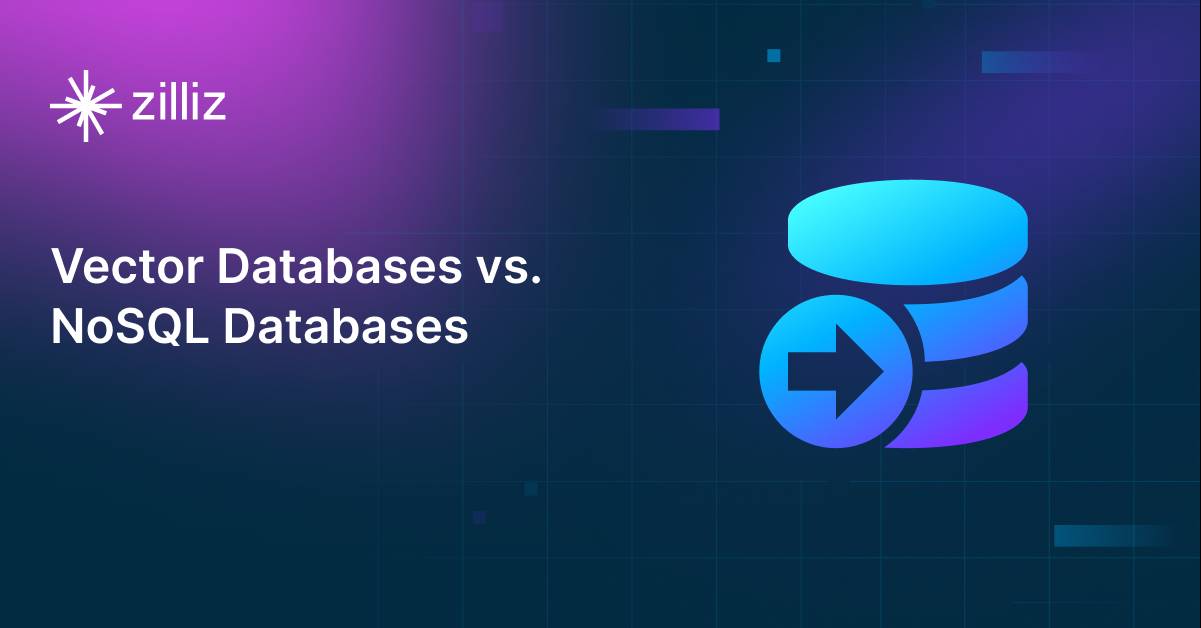Apache Cassandra vs. Vearch: Choosing the Right Vector Database for Your AI Applications

As AI-driven applications become more prevalent, developers and engineers face the challenge of selecting the right database to handle vector data efficiently. Two popular options in this space are Apache Cassandra and Vearch. This article compares these technologies to help you make an informed decision for your vector database needs.
What is a Vector Database?
Before we compare Apache Cassandra and Vearch, let's first explore the concept of vector databases.
A vector database is specifically designed to store and query high-dimensional vector embeddings, which are numerical representations of unstructured data. These vectors encode complex information, such as text's semantic meaning, images' visual features, or product attributes. By enabling efficient similarity searches, vector databases play a pivotal role in AI applications, allowing for more advanced data analysis and retrieval.
Vector databases are adopted in many use cases, including e-commerce product recommendations, content discovery platforms, anomaly detection in cybersecurity, medical image analysis, and natural language processing (NLP) tasks. They also play a crucial role in Retrieval Augmented Generation (RAG), a technique that enhances the performance of large language models (LLMs) by providing external knowledge to reduce issues like AI hallucinations.
There are many types of vector databases available in the market, including:
- Purpose-built vector databases such as Milvus, Zilliz Cloud (fully managed Milvus)
- Vector search libraries such as Faiss and Annoy.
- Lightweight vector databases such as Chroma and Milvus Lite.
- Traditional databases with vector search add-ons capable of performing small-scale vector searches.
Cassandra and Qdrant represent different approaches to vector databases. Cassandra is a traditional database that has evolved to include vector search capabilities and Vearch, on the other hand, is a purpose-built vector database. It was designed from the ground up to handle vector data and perform similarity searches efficiently. As a specialized solution, Vearch focuses exclusively on vector operations and is optimized for tasks like similarity search and recommendations.
Apache Cassandra: Overview and Core Technology
Apache Cassandra is an open-source, distributed NoSQL database known for its scalability and availability. Cassandra's features include a masterless architecture for availability, scalability, tunable consistency, and a flexible data model. With the release of Cassandra 5.0, it now supports vector embeddings and vector similarity search through its Storage-Attached Indexes (SAI) feature. While this integration allows Cassandra to handle vector data, it's important to note that vector search is implemented as an extension of Cassandra's existing architecture rather than a native feature.
Cassandra's vector search functionality is built on its existing architecture. It allows users to store vector embeddings alongside other data and perform similarity searches. This integration enables Cassandra to support AI-driven applications while maintaining its strengths in handling large-scale, distributed data.
A key component of Cassandra's vector search is the use of Storage-Attached Indexes (SAI). SAI is a highly-scalable and globally-distributed index that adds column-level indexes to any vector data type column. It provides high I/O throughput for databases to use Vector Search as well as other search indexing. SAI offers extensive indexing functionality, capable of indexing both queries and content (including large inputs like documents, words, and images) to capture semantics.
Vector Search is the first instance of validating the extensibility of SAI, leveraging its new modularity. This combination of Vector Search and SAI enhances Cassandra's capabilities in handling AI and machine learning workloads, making it a strong contender in the vector database space.
Vearch: Overview and Core Technology
Vearch is a powerful tool designed for developers with AI applications needing fast and efficient similarity searches. It's like a supercharged database, but instead of just storing regular data, it's built to handle the tricky vector embeddings that power much modern AI tech.
One of the coolest things about Vearch is its hybrid search capability. You can search using vectors (think finding similar images or text) and filter results based on regular data like numbers or text. You can do complex searches like "find products similar to this one, but only in the electronics category and under $500." It's fast too - we're talking about searching through millions of items in just milliseconds.
Vearch is built to grow with your needs. It uses a cluster setup, like a team of computers working together. You've got different types of nodes (master, router, and partition server) that handle different jobs, from managing metadata to storing and computing data. This setup allows Vearch to scale out easily and stay reliable even as your data grows. You can add machines to handle more data or traffic without sweat.
For developers, Vearch offers some neat features that make life easier. You can add data to your index in real time, so your search results are always up-to-date. It supports multiple vector fields in a single document, which is handy for complex data. There's also a Python SDK for quick development and testing. Plus, Vearch is flexible with indexing methods (like IVFPQ and HNSW) and supports both CPU and GPU versions, so you can optimize for your specific hardware and use case. Whether you're building a recommendation system, a similar image search, or any AI app that needs fast similarity matching, Vearch gives you the tools to make it happen efficiently.
Key Differences: Apache Cassandra vs. Vearch
Search Methodology
Cassandra and Vearch use different approaches for vector search. Cassandra integrates vector search capabilities through its Storage-Attached Indexes (SAI) feature, which adds column-level indexes to vector data type columns. This allows Cassandra to perform similarity searches alongside its traditional database operations. Vearch, on the other hand, is purpose-built for vector search and offers hybrid search capabilities. It can perform vector searches (for finding similar items) and scalar filtering simultaneously, allowing for complex queries that combine similarity and traditional filtering.
Data Handling
Cassandra, being a NoSQL database, is designed to handle structured and semi-structured data efficiently. With the addition of vector search capabilities, it can now store vector embeddings alongside other data types. This makes Cassandra versatile for applications that need both traditional data storage and vector operations. Vearch is specifically designed to handle vector data, supporting multiple vector fields in a single document. It can manage both vector and scalar data, allowing for complex data structures that combine embeddings with traditional data types.
Scalability and Performance
Both technologies offer strong scalability but through different architectures. Cassandra uses a masterless architecture that provides high availability and scalability with tunable consistency. Its SAI feature is described as highly scalable and globally distributed. Vearch uses a cluster setup with different types of nodes (master, router, and partition server) to distribute workload and scale out easily. Vearch boasts high performance, claiming to search millions of objects in milliseconds. It also supports real-time indexing, allowing for immediate updates to search results.
Flexibility and Customization
Cassandra offers flexibility through its NoSQL data model and the extensibility of its SAI feature. It can adapt to various use cases within its database paradigm. Vearch provides flexibility in its indexing methods, supporting options like IVFPQ and HNSW. It also offers customization in terms of hardware usage, supporting both CPU and GPU versions. Vearch allows for complex data structures with multiple vector fields in a single document and supports various indexing methods for optimization.
When to Choose Vearch or Apache Cassandra
Cassandra: Go for Cassandra when you're dealing with a big project that needs to handle lots of different types of data, not just vectors. It's great if you're already using Cassandra and want to add some AI features that need vector search. Cassandra is perfect when you need to spread your data across many machines and keep everything running smoothly. It's also a good choice if you need to be able to adjust how consistent your data is across all your machines. So, if you're running a large-scale application that needs both regular data storage and some vector searching capabilities, Cassandra could be your best bet.
Vearch: Choose Vearch when your main focus is on fast, efficient vector searches, especially if you're building AI applications. It's the way to go if you need to do complex searches that mix vector similarity with regular data filtering - like finding similar products but only in certain categories or price ranges. Vearch is great for projects needing real-time updates to search results and can handle searching through millions of items quickly. If you're working on recommendation systems, image similarity search, or any AI app where finding similar items fast is crucial, Vearch is built just for that. It's also a good choice if you want the flexibility to use CPU or GPU for your searches, depending on your available hardware.
Conclusion
In conclusion, both Cassandra and Vearch offer powerful solutions for handling vector data, but they excel in different scenarios. Cassandra is the go-to choice for large-scale applications that need to manage diverse data types alongside vector search capabilities, offering a robust, distributed architecture with the flexibility to handle various use cases. Vearch, on the other hand, shines in AI-driven applications that require high-performance vector search and complex hybrid queries, providing lightning-fast searches and real-time indexing. When deciding between the two, consider your specific needs: if you're looking for a versatile database that can incorporate vector search into a broader data management strategy, Cassandra might be your best bet. But if your primary focus is on specialized, high-speed vector search operations with the ability to perform complex queries, Vearch could be the ideal solution. Ultimately, the choice depends on your project's unique requirements, scale, and the balance you need between general data management and specialized vector search capabilities.
While this article provides an overview of Cassandra and Vearch, it's key to evaluate these databases based on your specific use case. One tool that can assist in this process is VectorDBBench, an open-source benchmarking tool designed for comparing vector database performance. Ultimately, thorough benchmarking with specific datasets and query patterns will be essential in making an informed decision between these two powerful yet distinct approaches to vector search in distributed database systems.
Using Open-source VectorDBBench to Evaluate and Compare Vector Databases on Your Own
VectorDBBench is an open-source benchmarking tool designed for users who require high-performance data storage and retrieval systems, particularly vector databases. This tool allows users to test and compare the performance of different vector database systems such as Milvus and Zilliz Cloud (the managed Milvus) using their own datasets and determine the most suitable one for their use cases. Using VectorDBBench, users can make informed decisions based on the actual vector database performance rather than relying on marketing claims or anecdotal evidence.
VectorDBBench is written in Python and licensed under the MIT open-source license, meaning anyone can freely use, modify, and distribute it. The tool is actively maintained by a community of developers committed to improving its features and performance.
Download VectorDBBench from its GitHub repository to reproduce our benchmark results or obtain performance results on your own datasets.
Take a quick look at the performance of mainstream vector databases on the VectorDBBench Leaderboard.
Read the following blogs to learn more about vector database evaluation.
Further Resources about VectorDB, GenAI, and ML
- What is a Vector Database?
- Apache Cassandra: Overview and Core Technology
- Vearch: Overview and Core Technology
- Key Differences: Apache Cassandra vs. Vearch
- Conclusion
- Using Open-source VectorDBBench to Evaluate and Compare Vector Databases on Your Own
- Further Resources about VectorDB, GenAI, and ML
Content
Start Free, Scale Easily
Try the fully-managed vector database built for your GenAI applications.
Try Zilliz Cloud for FreeKeep Reading

Zilliz Cloud Launches in AWS Australia, Expanding Global Reach to Australia and Neighboring Markets
We're thrilled to announce that Zilliz Cloud is now available in the AWS Sydney, Australia region (ap-southeast-2).

VidTok: Rethinking Video Processing with Compact Tokenization
VidTok tokenizes videos to reduce redundancy while preserving spatial and temporal details for efficient processing.

Vector Databases vs. NoSQL Databases
Use a vector database for AI-powered similarity search; use NoSQL databases for flexibility, scalability, and diverse non-relational data storage needs.
The Definitive Guide to Choosing a Vector Database
Overwhelmed by all the options? Learn key features to look for & how to evaluate with your own data. Choose with confidence.